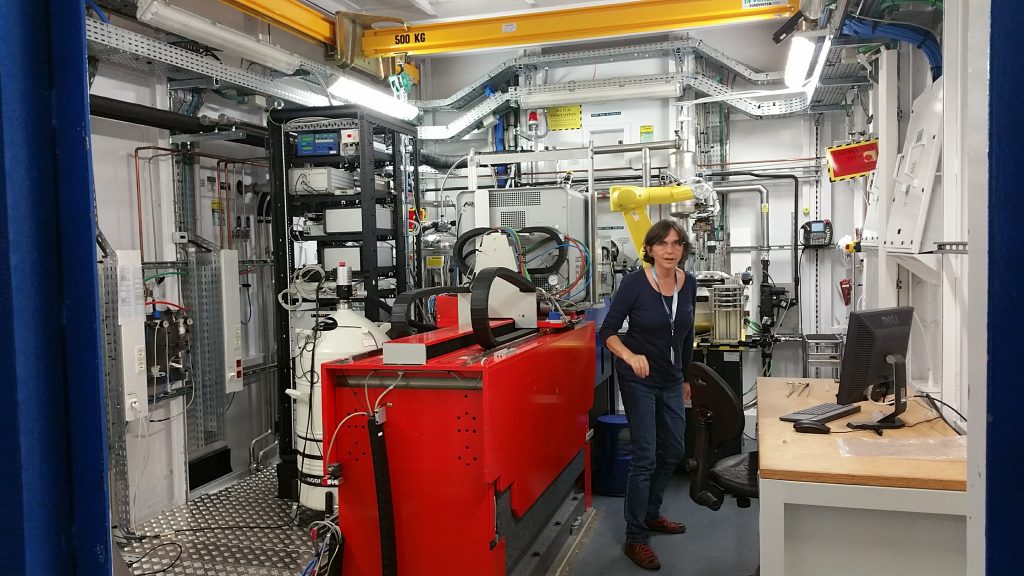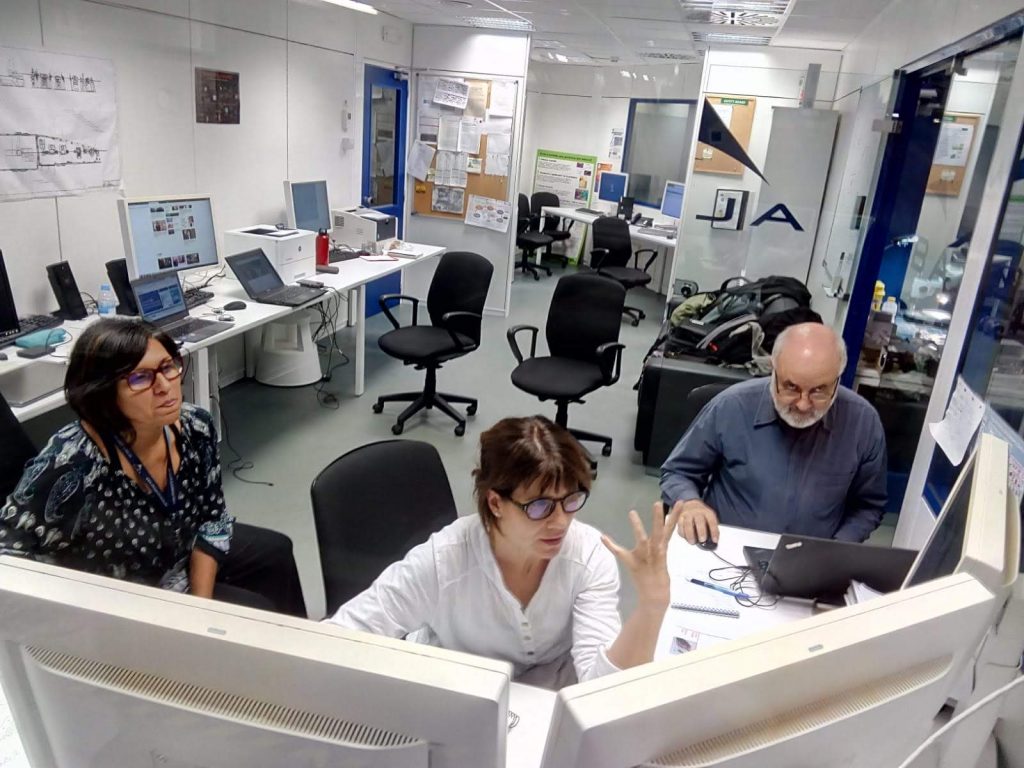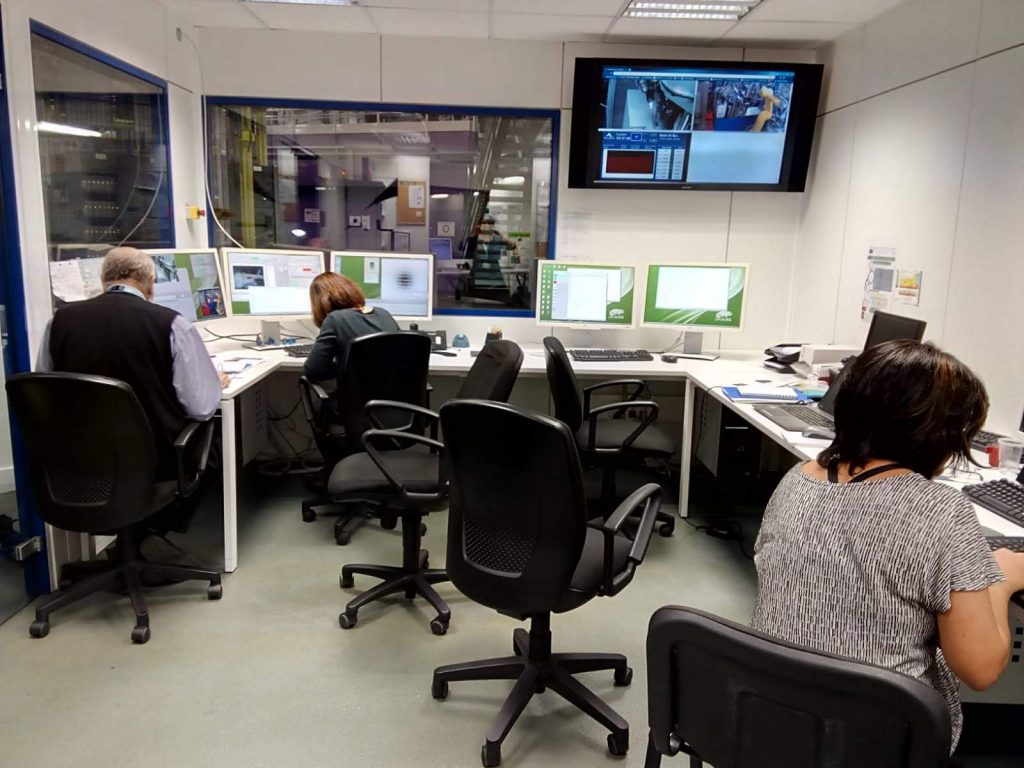The reaction between Ca(OH)2 and atmospheric CO2 in an aqueous system gives rise to the formation of calcium carbonate. However, this well-known process is complex and multiple factors results in a different final state and determines the long term evolution and the conservation state of the medieval mural paintings.
The main objective is to obtain the crystalline phases which were formed during the carbonation of the fresco as well as those formed in the transferring mortars that contained casein. From this information we will be able to evaluate the chemical stability of the historical paints.
Participants:
Dr Judit Juanhuix responsible for XALOC beamline (BL13)
Dr. Nativitat Salvadó, Dr. Salvador Butí, Dra. Trinitat Pradell, Doctoral student Núria Oriols and Dr. Judit Molera
Dates: 9-11 November 2018





Leave a Reply